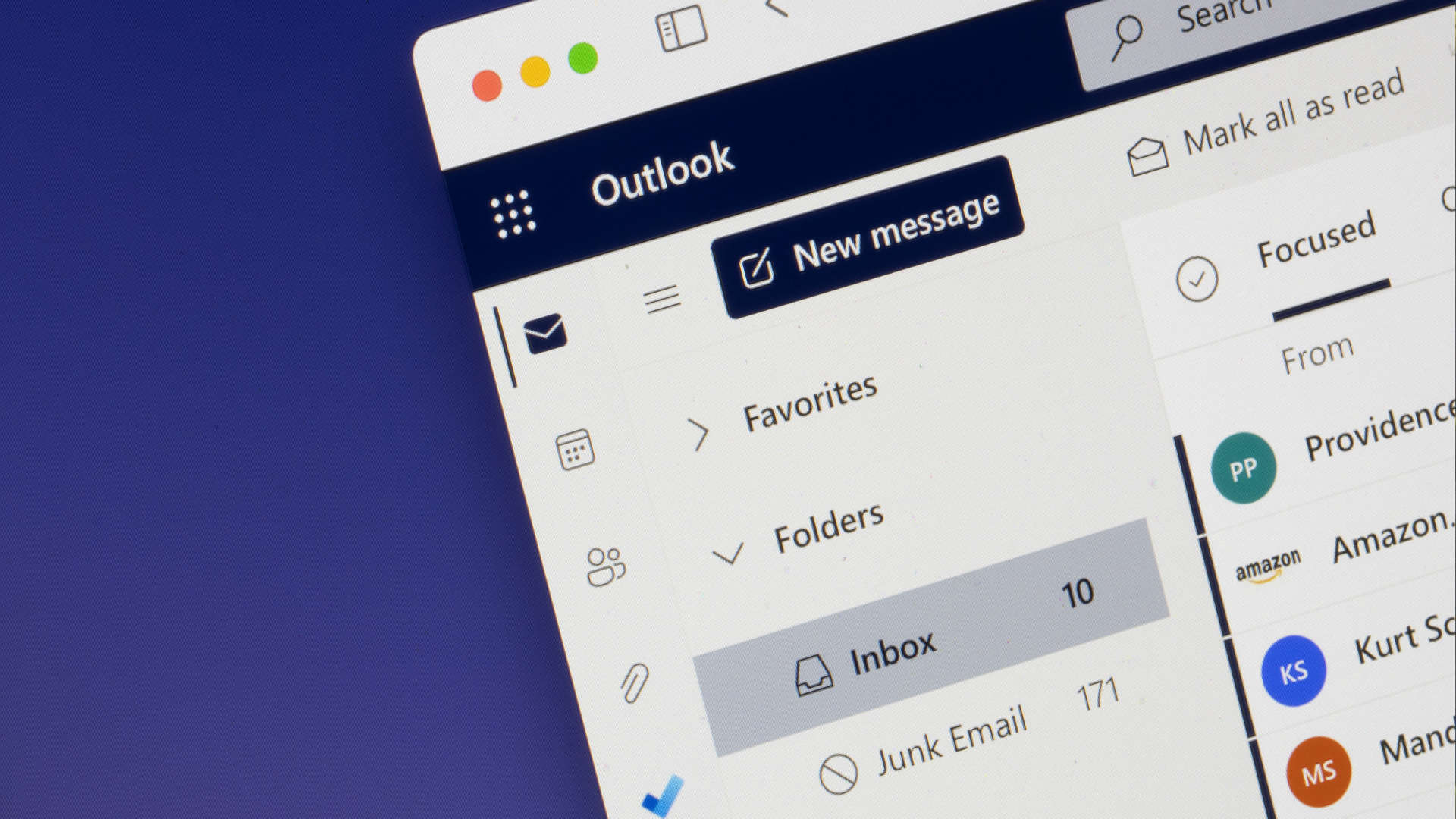Some quick points about email list segmentation:
- Email list segmentation is a pretty simple concept based on a simple fact: not everyone signed up for your emails for the same reason.
- Email list segmentation is about breaking your list into like-minded groups.
- Email list segmentation is doable for small business
Segmentation is the gold standard of email marketing best practices. This is not a random shot. Understanding your audience—what drives them and what bothers them—is the key to every successful marketing program.
Email marketing is no exception. By segmenting your email list, you can create more targeted and relevant campaigns, ultimately improving your engagement rates and achieving better results. Here’s a quick rundown on the types of email segmentation you might choose to adopt for your small business or non profit.
Demographic segmentation
Demographic segmentation is particularly useful for B2C businesses. This method involves categorizing your audience based on individual attributes such as geography, gender, education, or income. By understanding these characteristics, you can tailor your messages to resonate with specific segments of your customer base. For example, a clothing retailer might send different promotional emails to men and women or to customers in different regions with seasonally appropriate offers. This level of personalization can make your emails more relevant and appealing, increasing the likelihood of engagement.
Firmographic segmentation
For B2B businesses, firmographic segmentation is essential. This approach involves dividing your email list based on company attributes such as industry, location, number of employees, or revenue. By targeting businesses with similar characteristics, you can create more relevant and effective marketing campaigns. For instance, a software company might send different messages to small startups compared to large enterprises, addressing the unique needs and challenges of each segment. Understanding the specific attributes of the companies you are targeting allows you to craft more compelling and pertinent content.
Psychographic segmentation
Psychographic segmentation works well for both B2B and B2C businesses. It focuses on the values, aspirations, and lifestyle choices of your audience. Understanding what motivates your customers and aligning your messages with their values can lead to more meaningful and impactful interactions. For example, if your customers are environmentally conscious, you can highlight your company’s sustainability efforts in your emails. By connecting with your audience on a deeper level, you can build stronger relationships and foster greater loyalty.
Behavioral segmentation
Behavioral segmentation, which is also suitable for both B2B and B2C, is based on users’ behavior, product usage, and purchase decisions. This type of segmentation is the most vital for your email strategy. By analyzing past behavior, you can predict future actions and tailor your emails to encourage desired behaviors. For example, people who tend to engage with your marketing emails once a month should be in a different segment than subscribers who open every message. This allows you to send more personalized and relevant content to each group, increasing the chances of engagement.
Why prioritize email list segmentation?
Effective email marketing requires a deep understanding of your audience. Segmenting your email list allows you to deliver more targeted and relevant messages, ultimately leading to higher engagement rates and better results. Unlike on social media, when you hit send on your email campaigns those emails go to every subscriber the moment you click send. Segmentation is a way of taking care of this list so your subscribers stick around and help you drive better real business results.
No matter how you tackle your email list segmentation, the key is to continually analyze and refine your approach to meet the evolving needs of your customers.
In addition to improving engagement rates, segmenting your email list can also help you achieve other marketing goals. For example, you can use segmentation to identify and nurture high-value customers, increase customer retention, and drive more sales. By sending more relevant and personalized emails, you can build stronger relationships with your customers and foster greater loyalty. This can ultimately lead to increased customer lifetime value and a higher return on investment for your email marketing efforts.
Segmentation and spam
Another important benefit of segmentation is that it can help you avoid problems that harm your email deliverability and sender reputation. For example, by segmenting your list based on engagement levels, you can identify and remove inactive subscribers who are unlikely to engage with your emails. This can help you maintain a clean and healthy email list, reducing the risk of high bounce rates, spam complaints, and other issues that can negatively impact your sender reputation. A strong sender reputation is essential for ensuring that your emails reach your subscribers’ inboxes and achieve the desired results.
Overall, email list segmentation is a powerful strategy that can help you improve the effectiveness of your email marketing campaigns. By understanding and addressing the specific needs and preferences of different audience segments, you can create more personalized and relevant emails that resonate with your customers and drive better results. Whether you are a B2B or B2C business, implementing segmentation can help you achieve your marketing goals and build stronger relationships with your audience.
As always, the best lists need no tricks
Remember, the key to successful email segmentation is to continually analyze and refine your approach. Monitor the performance of your segmented campaigns, gather feedback from your audience, and make data-driven adjustments to improve your results over time. By staying attuned to the evolving needs and preferences of your customers, you can ensure that your email marketing efforts remain effective and impactful in the long run.
